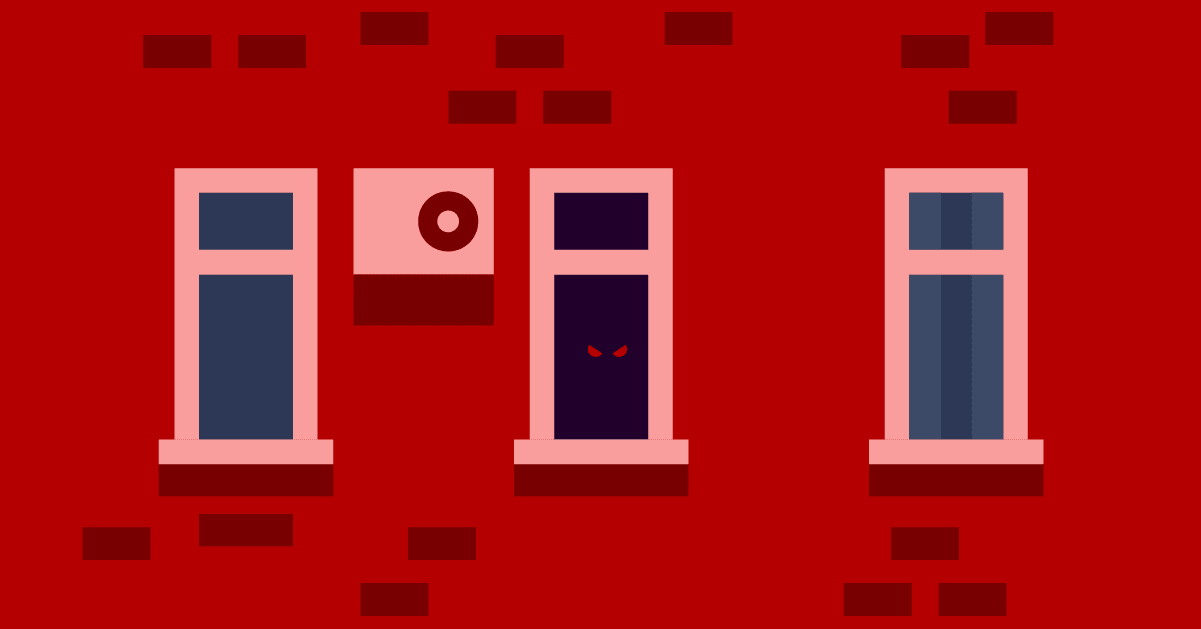
Websites are powerful tools that can do a lot of good for your organization, but they can also expose you and your visitors to security risks. Four out of every five websites either have vulnerabilities now or have exposed their enterprises and visitors to malicious code, viruses, and other cyber-criminal activities in the past. And although everyone on the web should always be careful, business owners have an added responsibility to keep data safe and secure. Safeguard your site — and your customers — from the seven common hacks in this infographic. And spoiler alert: there’s a text-friendly version below.
- Cross-site scripting (XSS) attacks typically occur when hackers inject malicious code into an app in an attempt to pass the script onto unsuspecting end-users. Hackers construct a tripwire for visitors, using their malicious script to harvest credentials and personal information to impersonate known users.
- DDOS attacks disrupt a server’s ability to function normally. These attacks flood the server with legitimate requests beyond scaling capabilities until eventually the site crashes.
- WordPress attackers leverage code vulnerabilities or plugin weaknesses. Brute Force attacks — where hackers gain access by trying thousands of password combinations until they “guess” the right combination to access your site — are a known problem for WordPress websites. Once inside, they change permissions, inject malicious code, and disrupt the normal processes.
- Cyber attacks that focus on tricking visitors into performing a certain action like clicking on a button, entering specific information, or visiting target pages seek access to inject malicious content precisely where it will do the most harm. Social engineering attacks are very difficult to control.
- Clickjacking, where attackers use invisible or opaque layers to trick website visitors into clicking on a layer without knowing it, triggers a script or malicious code string.
- DNS cache poisoning diverts traffic from legitimate servers to fake websites — and servers — replicating itself from site to site or server to server.
- Symlinking involves a scheme where cyber-criminals breach a vulnerable site to gain root access to the entire server. Once they’ve gained entrance, they can potentially take down all the websites on the server.
How to Keep Your Site Secure
With so many different types of attacks, what can you do to protect your assets and your reputation?
Do:
- Update all software and patches promptly. Software updates help eliminate known vulnerabilities.
- Leverage operating system security features that support rigorous authentication protocol.
- Implement password protection policies that include two-step authentication.
- Lock private files and folders to limit access should a hacker access the network.
- Be hyper-vigilant about which websites you visit, especially when surfing with administrative account credentials.
- Post a privacy policy to inform consumers about what data you collect and what you intend to do with that data.
- Deploy next gen firewalls, sandboxing techniques, and other advanced security protocol to protect both external and internal perimeters.
- Download anti-spyware and antivirus software on all devices connected to your network.
- Back up frequently and consider off-site storage.
Don’t:
- Trust user input. Strip all HTML before passing along user input.
- Click on links or attachments included in emails from unknown sources.
- Click on pop-ups (including the close tab) from suspicious sources. Just back out of the page.
- Use free downloads (unless you’re confident the source is trustworthy).
- Shop on a site that doesn’t display SSL signals. Look for “https,” the tiny lock on the left side of the URL, and a green background in the address bar.
- Provide hints that could help hackers guess passwords and usernames.
- Collect unnecessary data that may be hijacked to implement an XSS scheme.
Dealing With the Aftermath of a Security Breach
If you discover that your website has been the victim of hackers or if an employee accidentally downloads a file infected with malware, immediately:
- Isolate the problem.
- Purge infected files and folders.
- Download tools to clean your files — remember only download from a site you trust completely or that trusted sources have recommended.
- Own up to the situation — without making excuses — to your customers as soon as possible. Explain what happened, tell them what steps they can do to protect themselves, and let them know exactly what you are doing to mitigate damage and prevent future events.
UK FENIX ALLIANCE LTD

• Our Mission It is our mission to have the items our customers want, when they want them, at the most competitive prices. We know that being Your Profit Source ® is the key to our own success..
• PRODUCTION EQUIPMENT UK FENIX ALLIANCE LTD is a specialized trading company that supplies components for the development and implementation of projects for the automation of production processes, a wide range of machines and parts for CNC machines. Our goal is a satisfied client..
• Technological process automation: Our specialists will help to select equipment for various automated systems taking into account the production potential of the client’s facilities. Our main clients are engineers and technologists who introduce new automation tools, combining them with existing equipment, or who create technological lines «from scratch».
• UK FENIX ALLIANCE LTD guarantees and benefits: Our company works with manufacturers directly or through authorized dealers, therefore it guarantees high quality components, 100% authenticity, competitive prices and a full package of documents required by law. In addition, there are special price offers! Well-developed logistics and cooperation with the largest couriers allow thousands of our clients worldwide to receive their orders in the shortest possible time.
